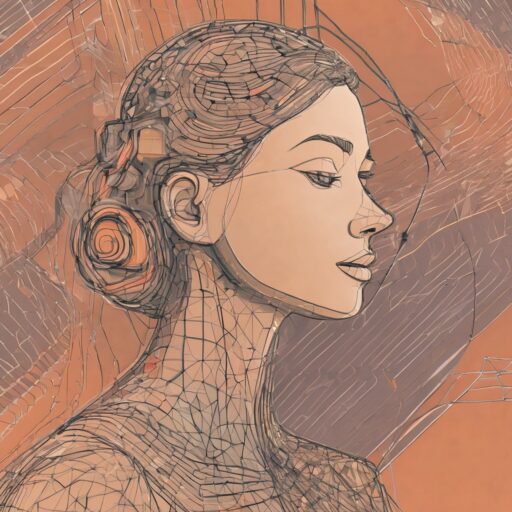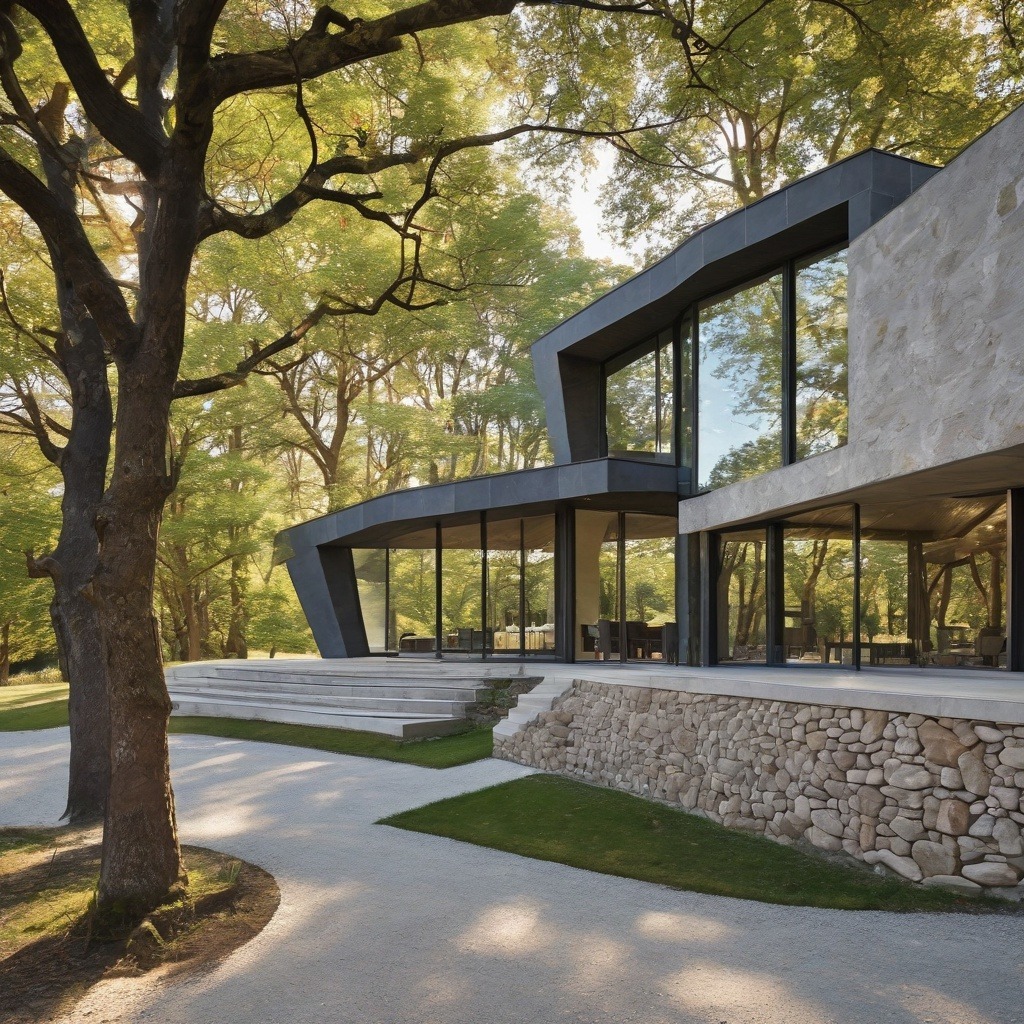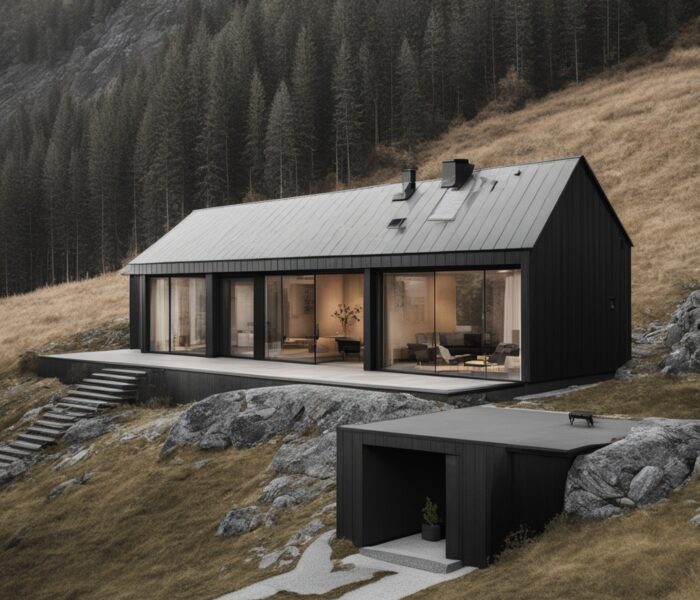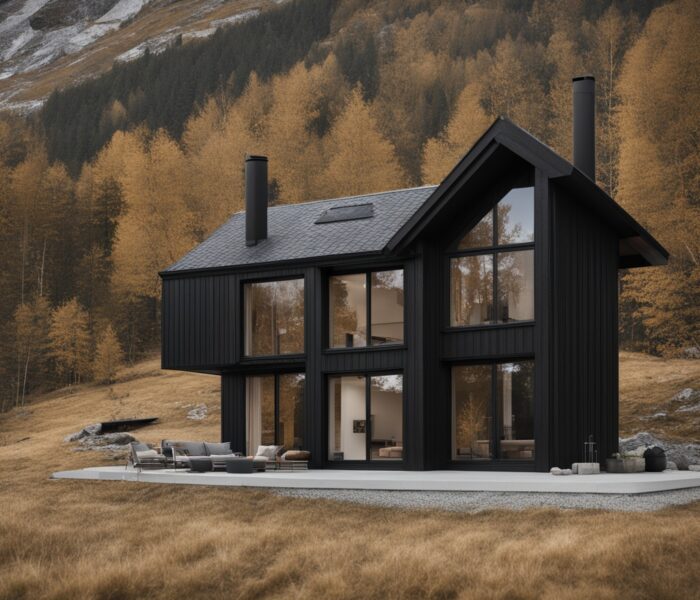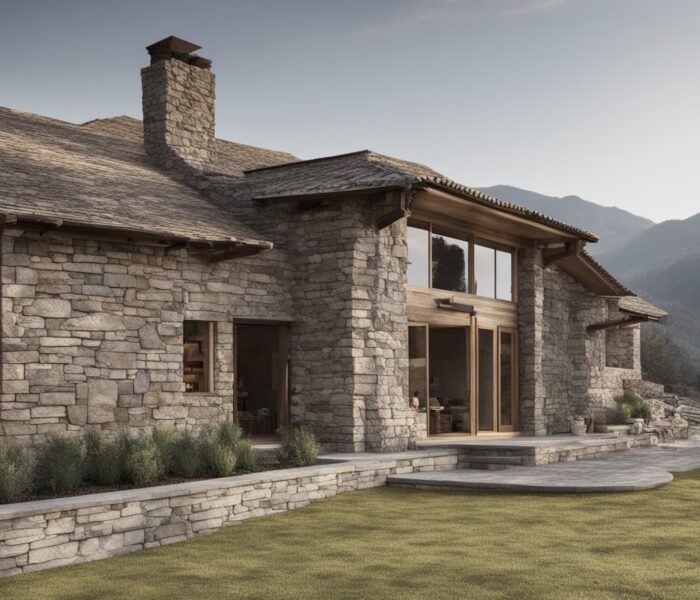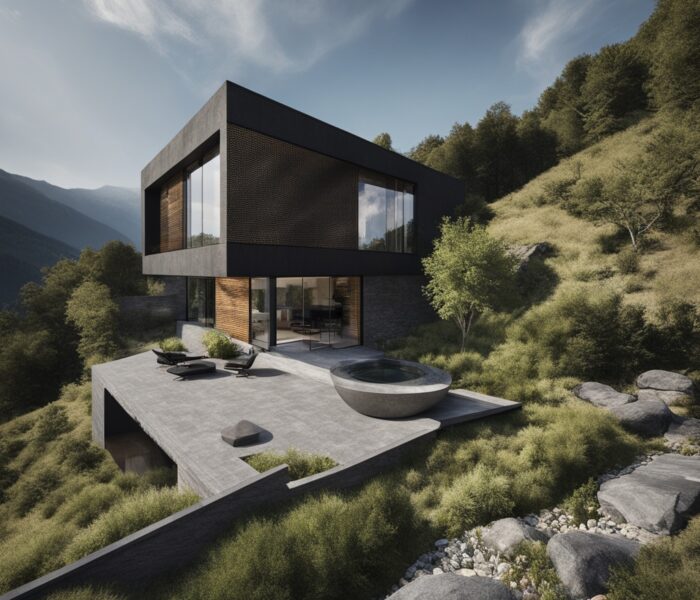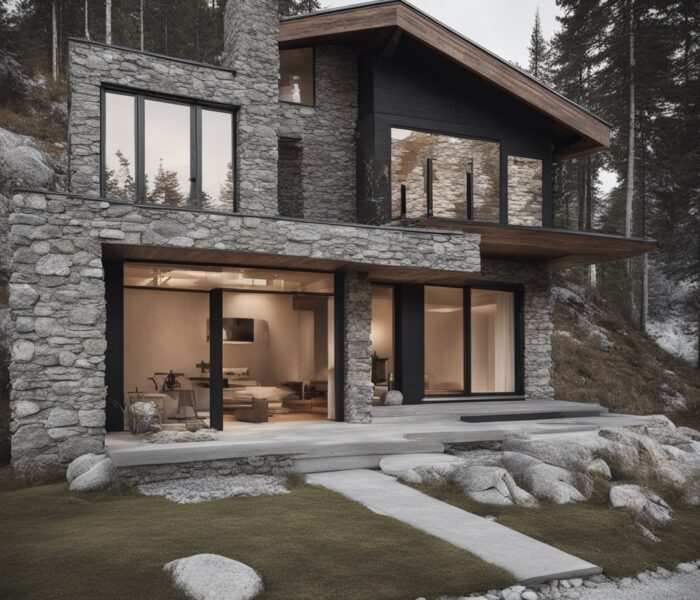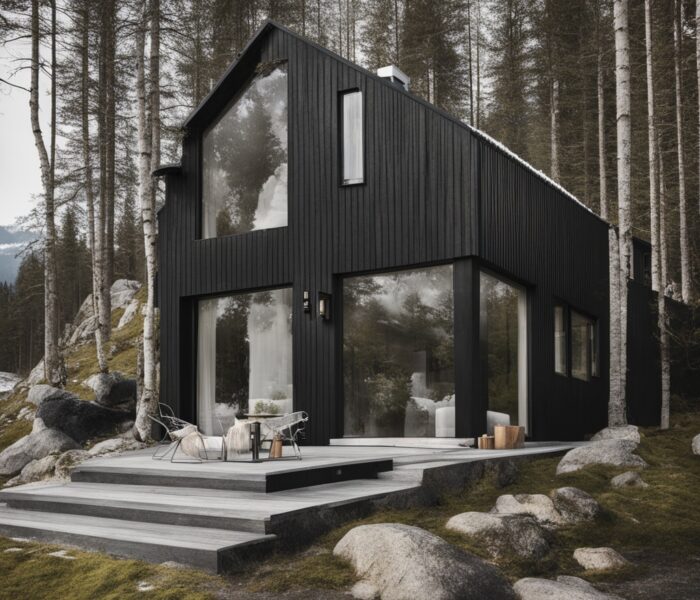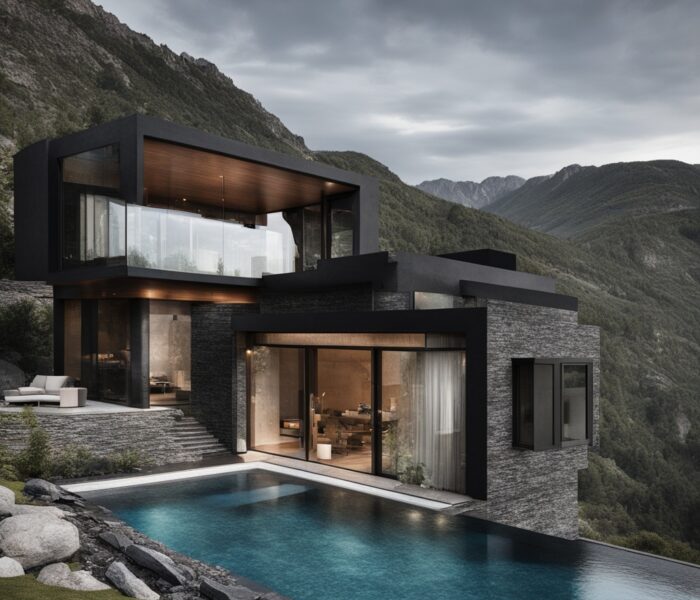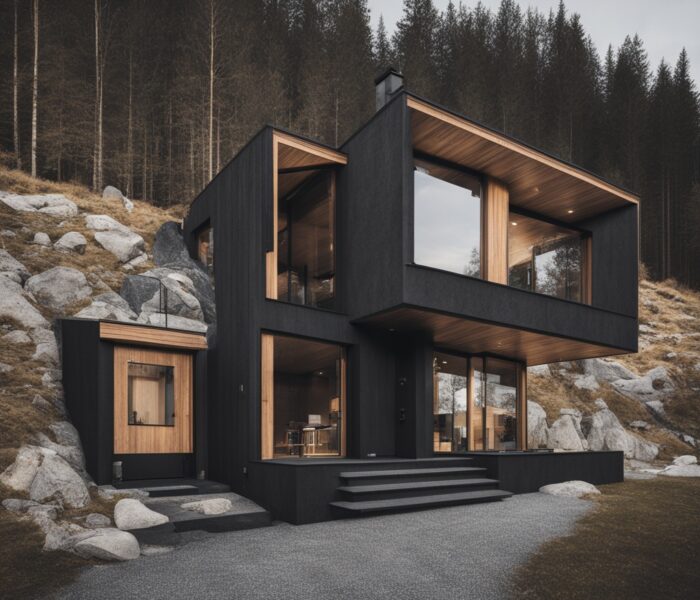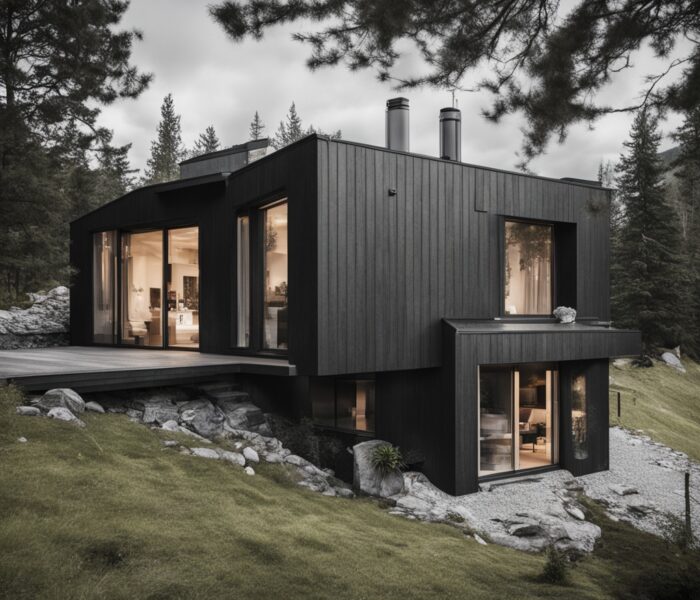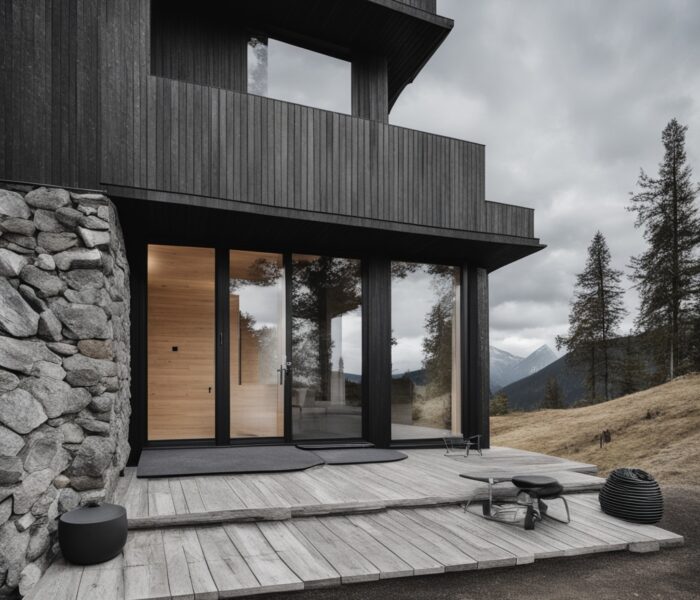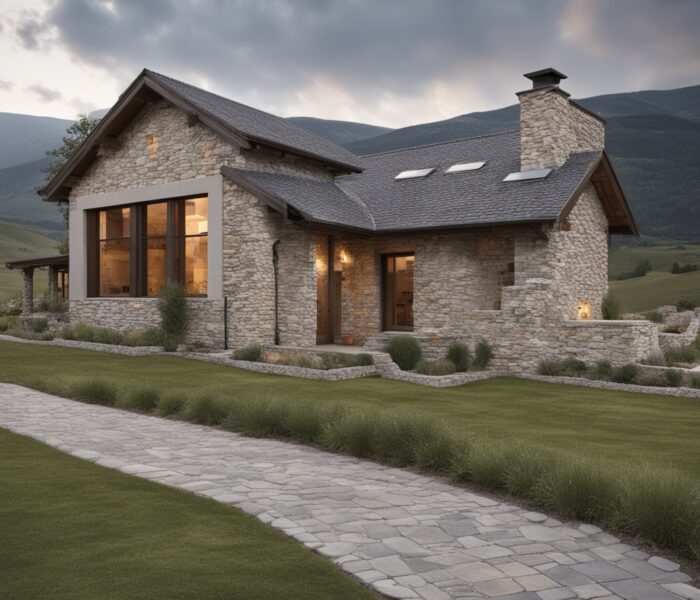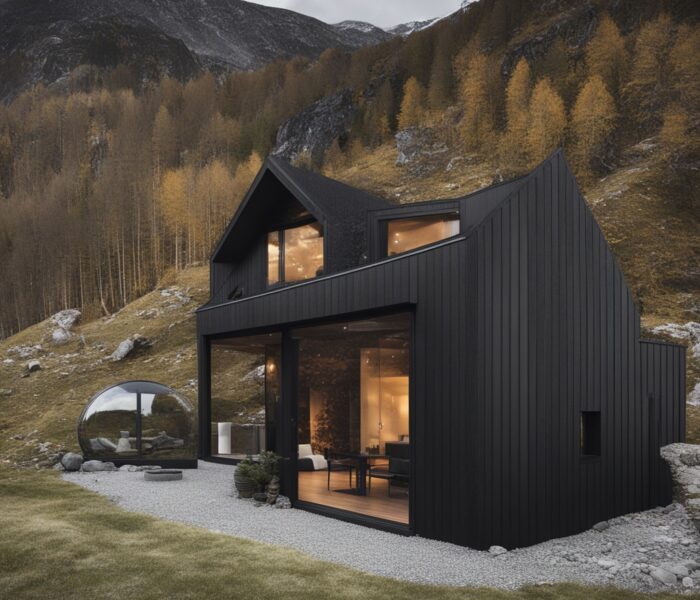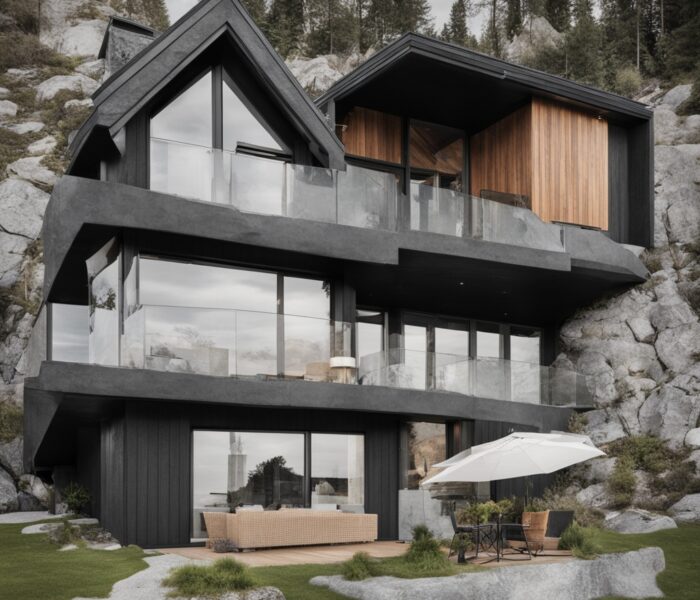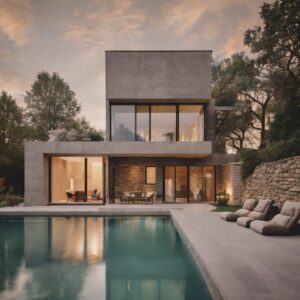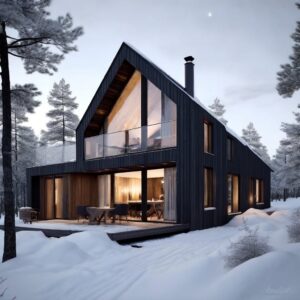
The design of homes has evolved a lot over the years, from traditional architectural styles to modern concepts that combine functionality, aesthetics and sustainability. In recent years, a new way of designing houses has emerged: with the help of generative artificial intelligence (AI).
Generative AI is a form of machine learning that allows computers to analyze data on their own and create new content based on that data. In the context of house design, this means that algorithms are able to generate innovative and creative designs based on architectural principles and stylistic preferences.
A major benefit of using generative AI in home design is the variety of possibilities it offers. By analyzing a wide range of design concepts from different eras and regions, AI can develop new and unique interpretations that transcend traditional boundaries. This allows architects and designers to move away from conventional approaches and explore innovative solutions that meet the needs and preferences of their clients.
Another important aspect is the efficiency that generative AI brings to the design process. While traditional design methods can be time-consuming and require extensive manual design, generative algorithms can speed up the process by quickly generating a variety of designs and enabling iterative improvements. This allows architects to spend more time selecting and refining the best concepts, rather than focusing solely on creating designs.
Another advantage of generative AI in home design is its ability to respond to specific needs and contexts. By taking into account data about location, terrain, climate, and user preferences, the AI can develop tailored designs that are optimally adapted to its environment. This makes it possible to create homes that are not only aesthetically pleasing, but also functional and sustainable.
What are artistic aspects of generation?
There are numerous artistic aspects to the generation of architecture through Artificial Intelligence (AI) that expand the traditional design process and offer new opportunities for creative expression:
- Novel aesthetics: AI can develop innovative and unconventional design concepts that set new aesthetic standards and challenge traditional notions of architecture. By analyzing different styles and trends, AI can generate unique and surprising designs that reveal new ways of aesthetic design.
- Experimental forms and structures: Freedom from human biases and conventions allows AI to explore experimental forms and structures that might not be considered by conventional architects. This can lead to avant-garde and visionary designs that push the boundaries of what’s possible.
- Integrating art and technology: AI offers the opportunity to combine art and technology in innovative ways. By using advanced algorithms and data processing techniques, AI can generate architectural designs that are both technologically sophisticated and aesthetically pleasing at the same time.
- Collaboration between humans and machines: The generation of architecture through AI opens up new possibilities for collaboration between humans and machines. Architects can interact with AI algorithms and collaborate to develop designs, creating new forms of creative collaboration.
- Exploring concepts and ideas: AI can help translate abstract concepts and ideas into concrete architectural forms. By analyzing large amounts of data, AI can draw inspiration from various sources and translate complex ideas into visually appealing designs.
- Reflection of society and culture: Architecture is often a reflection of the society and culture in which it is created. AI can help deepen this reflection by analyzing data about social trends, cultural traditions, and historical contexts and incorporating them into their generation processes.
Overall, the generation of architecture through AI opens up new artistic possibilities that allow architects to transcend traditional design boundaries, explore innovative concepts, and help shape the future of architecture.
Although generative AI offers many benefits, there are also challenges and concerns that need to be addressed. These include ethical issues related to the use of AI in design processes, as well as the need to ensure that the designs generated meet the required safety and construction standards.
Overall, the use of generative AI in home design offers exciting opportunities for architects, designers, and builders. By complementing and extending traditional design approaches, generative AI can help create innovative and customized solutions that meet the needs and expectations of today’s society.
Generating architecture using artificial intelligence (AI) offers a variety of benefits that can complement and enhance the traditional design process:
- Efficiency: AI algorithms can quickly analyze large amounts of data and generate various design options. This speeds up the design process, saving time and resources.
- Diversity and innovation: By accessing a wide range of architectural styles, concepts, and data sources, AI can develop innovative and creative designs that transcend traditional boundaries. This fosters innovation and allows for the exploration of new design approaches.
- Adaptability: AI can adapt to specific needs and contexts by taking into account data about location, terrain, climate, and user preferences. This makes it possible to develop tailor-made designs that are optimally adapted to their environment.
- Improved decision-making: Generating multiple design options through AI allows architects and designers to make a more informed decision by being able to evaluate and compare different alternatives.
- Iterative improvements: AI can facilitate iterative design processes by continuously taking feedback from designers and users and adapting and improving the generated designs accordingly.
- Optimizing resource use and sustainability: By taking into account factors such as energy efficiency, material selection, and construction costs, AI can help develop more sustainable designs that conserve resources and reduce environmental impact.
- Support for designers: Rather than replacing the creative process, AI can help designers realize their visions by providing them with tools and resources to implement and refine their ideas.
Overall, generating architecture with the help of AI offers a variety of benefits that can help streamline the design process, foster creativity, and support the development of innovative and customized designs.
